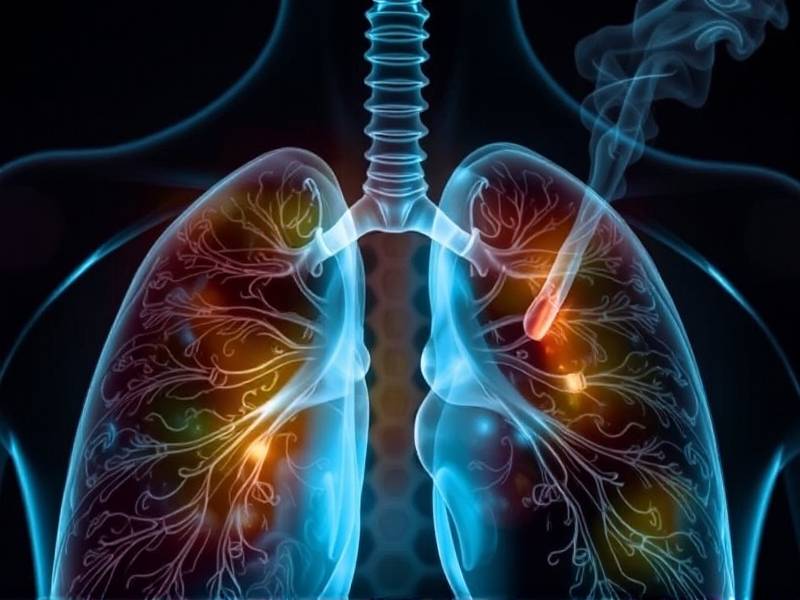How Long Until Lungs Recover After Quitting Smoking?
The Journey to Lung Recovery: How Long After Quitting Smoking?
Introduction: The decision to quit smoking is a significant step towards better health. Many smokers are eager to know how quickly their lungs can begin to heal post-cessation. This article delves into the timeline of lung recovery and provides insights into the remarkable changes that occur within the respiratory system after quitting.
Understanding Lung Damage from Smoking

Firstly, it's essential to understand the extent of lung damage caused by smoking. The harmful chemicals in cigarettes can lead to inflammation, scarring, and impaired function in the lungs. Conditions such as chronic bronchitis and emphysema are often the result of long-term smoking.
The Recovery Timeline

-
Immediate Benefits Within hours of quitting, your body begins its healing process. Carbon monoxide levels start to drop, and your blood oxygen levels rise as your heart works more efficiently.
-
Weeks 1-3 During this period, you may notice a decrease in coughing and shortness of breath. Your lungs start to clear out mucus that has built up due to inflammation.
-
Months 3-9 Over the next few months, your lung function continues to improve. You may find it easier to breathe and have more energy during physical activities.
-
Years 1-9 After one year of quitting, your risk of heart disease decreases by half compared to a smoker's risk. Your lungs continue to repair themselves, and you may notice further improvements in respiratory health.
-
Years 10-15 At this point, your risk of developing lung cancer has decreased significantly compared to when you were smoking. Your overall health continues to improve as your body heals from years of smoking damage.
Factors Influencing Recovery
It's important to note that everyone's recovery journey is unique due to various factors:
- Duration of Smoking: The longer you smoked, the more time it may take for your lungs to recover.
- Amount Smoked: Heavy smokers may experience slower recovery than those who smoked less frequently.
- Genetic Factors: Some individuals may have a faster recovery rate due to genetic predispositions.
- Environmental Factors: Exposure to secondhand smoke or air pollution can also impact lung recovery.
Maintaining a Smoke-Free Lifestyle
To ensure optimal lung recovery, it's crucial to maintain a smoke-free lifestyle:
- Avoid Secondhand Smoke: Protect yourself from exposure by avoiding environments where others are smoking.
- Stay Active: Regular exercise can improve lung function and overall health.
- Healthy Diet: A balanced diet rich in fruits, vegetables, and lean proteins supports healing processes.
- Regular Check-ups: Regular medical check-ups can monitor your progress and identify any potential issues early on.
Conclusion:
Quitting smoking is a transformative decision that initiates a remarkable journey of lung recovery. While there is no one-size-fits-all timeline for healing, understanding the process can provide hope and motivation for those striving for better health. By adopting a smoke-free lifestyle and taking proactive steps towards wellness, individuals can look forward to improved respiratory health over time.
